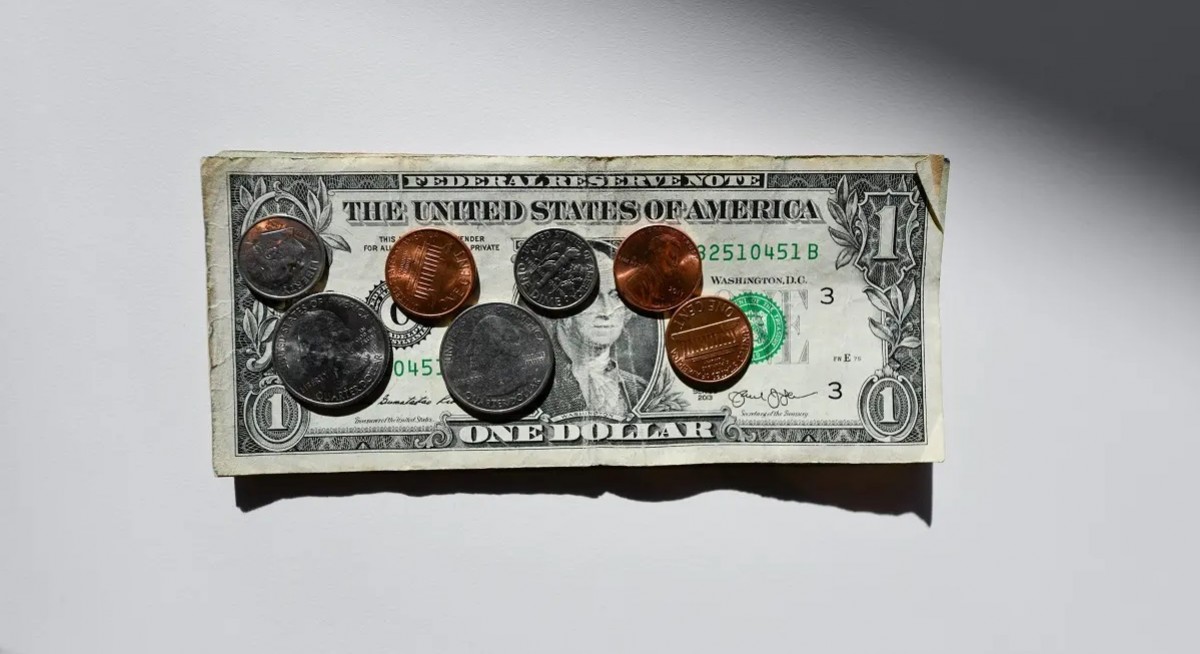The overall CPI increased 0.1% from the prior month and was up 7.1% from a year earlier, as lower energy prices helped offset rising food costs.
US stock futures surged and Treasury yields plummeted following the report. The median estimates in a Bloomberg survey of economists called for a 0.3% rise in both the core and overall measures.
The report, the last of 2022, points to inflation that — while much too high — is beginning to ease. While the Fed will likely welcome the deceleration, Chair Jerome Powell has emphasized both the central bank’s commitment to returning inflation to the Fed’s goal and the uncertainty of the outlook.
Economists broadly expect annual price growth to slow substantially next year, but it’s unclear just how bumpy or painful the path back to the central bank’s target will be.
See also: Economists polled by Bloomberg see two Fed rate cuts in 2026 following December move
The Fed concludes its two-day policy meeting on Wednesday and is expected to announce a half-point interest rate increase. While that would be a smaller hike than implemented in the last four meetings, it would put rates at the highest level since 2007.
Economists expect further tightening next year followed by an extended pause as policymakers assess the nation’s inflation trajectory and persistence. Market participants see the central bank cutting rates before the end of next year.
Core goods prices fell for a second month in November, dropping 0.5%. Prices for used cars retreated for a fifth month, while costs of apparel edged higher.
See also: US treasury market tops US$30 trillion, doubling since 2018
Energy prices declined 1.6%, reflecting declines across gasoline, electricity and utilities, and offering Americans some respite from inflation in the month. Food prices rose 0.5%.
Shelter costs — which are the biggest services’ component and make up about a third of the overall CPI index — increased 0.6% last month, the smallest advance in four months as hotel rates declined. The report showed shelter was “by far the largest contributor” to the overall CPI gain.




